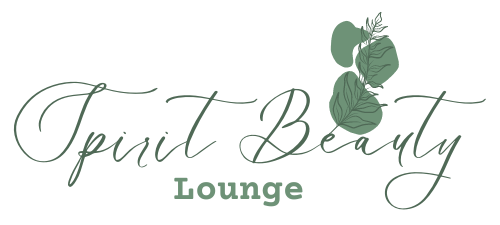Have you ever wondered why your eyelashes are the way they are? How do they grow, what makes them fall out, and do they ever turn gray like the hair on your head?
If you’re curious about these questions, you’re not alone. Eyelashes are more than just decorative features on your face – they have important functions and fascinating facts behind them.
In this blog post, we’ll explore some of the most intriguing aspects of eyelash growth, health, and aging, and share some tips on how to care for your lashes and keep them looking fabulous.
Growth and Graying
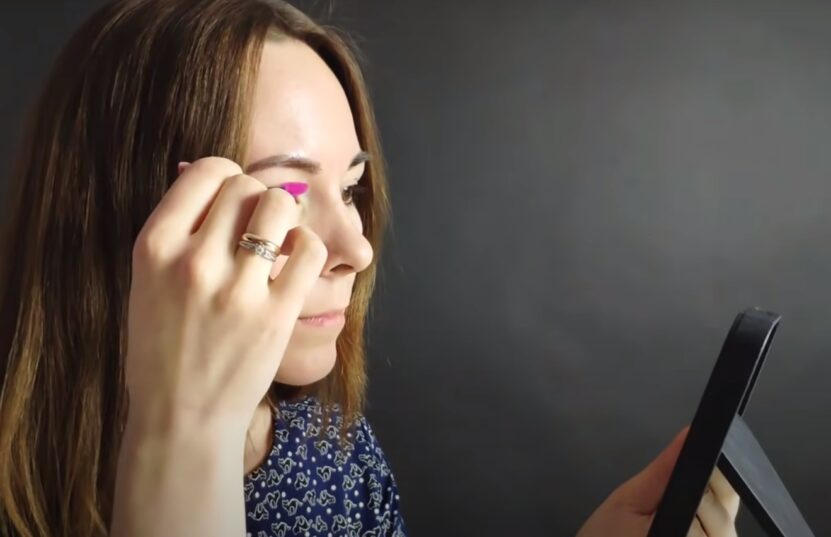
Yes, eyelashes grow and turn gray. They are made of keratin, the same protein that makes up hair.
Keratin production decreases with age, which can cause eyelashes to become thinner and shorter. Melanin, the pigment that gives hair its color, also decreases with age, which can cause eyelashes to turn gray or white.
The rate at which eyelashes grow and turn gray varies from person to person. Some people may notice gray eyelashes as early as their 30s, while others may not see any until they are in their 60s or 70s.
How Do They Grow?
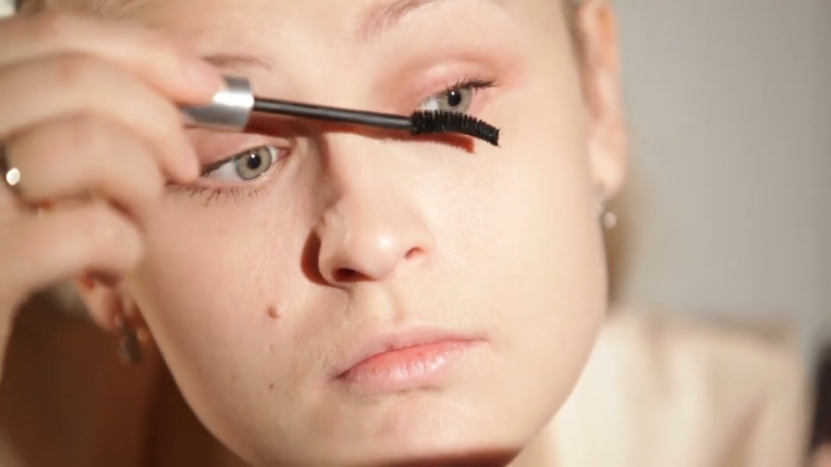
Eyelashes are a type of hair that grows from the edge of your eyelids. They have a protective function, as they help keep dust, debris, and foreign objects out of your eyes.
They also act as sensors, alerting you to blink when something touches them. Eyelashes have a life cycle that consists of three phases.
Anagen Phase
This is the active growth phase, where your eyelashes grow longer and thicker. This phase lasts from 4 to 10 weeks, depending on the individual.
During this phase, your lashes are nourished by a blood supply that connects to the hair follicle. Only a small portion of your lashes are in this phase at any given time, which is why you don’t lose all your lashes at once.
Catagen Phase
This is the transition phase, where your eyelashes stop growing and detach from the blood supply. The hair follicle shrinks and the lash becomes a club hair.
This phase lasts for 2 to 3 weeks. If you lose a lash during this phase, it won’t grow back until the next anagen phase.
Telogen Phase
This is the resting phase, where your eyelashes remain in their club hair state until they fall out naturally. This phase lasts for 4 to 8 weeks.
During this phase, new lashes start to grow in the anagen phase, pushing the old lashes out.
Eyelashes, like all hair on our bodies, have a natural life cycle that involves growth, shedding, and replacement. However, excessive eyelash loss can be a cause for concern, as it may indicate an underlying medical condition or poor eyelash care practices.
Common Causes of Eyelash Loss
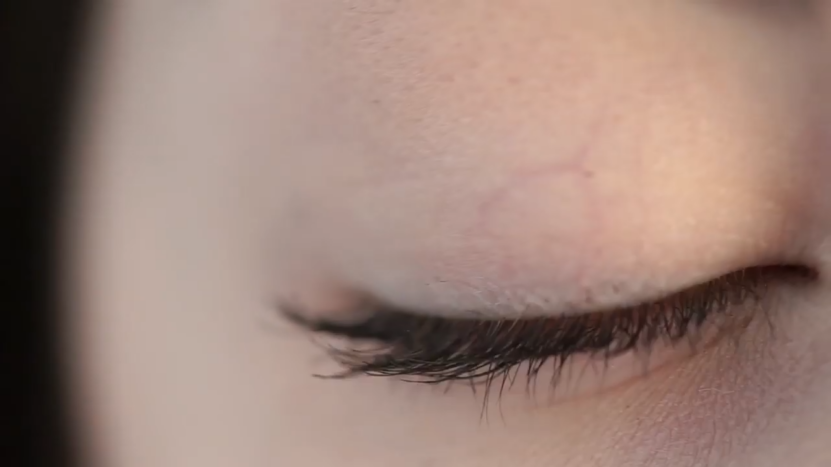
Eyelashes fall out naturally as part of their life cycle, but sometimes they can fall out more than usual due to various reasons. Some of the common causes of eyelash loss are.
-
Makeup: Harsh makeup products, particularly waterproof formulas, can dry out and weaken eyelashes, making them more prone to breakage and loss. Aggressive rubbing or tugging during makeup removal can further damage the delicate lashes.
-
Eyelash Curlers: Improper use of eyelash curlers can bend, cut, or pull out eyelashes, leading to noticeable thinning. Avoid curling lashes after applying mascara, as this increases the risk of breakage.
-
Medical Conditions: Several medical conditions can affect eyelash growth and cause excessive shedding. These include blepharitis, an inflammation of the eyelid margins, alopecia areata, an autoimmune disorder that causes hair loss in patches, thyroid disorders that disrupt hormone levels, eczema, a skin condition that leads to dryness and irritation, and certain medications, particularly chemotherapy drugs.
-
Stress: Chronic stress can negatively impact overall health, including eyelash health. Stress hormones can interfere with hair growth cycles, leading to increased shedding. Additionally, stress-induced habits like rubbing eyes or pulling lashes can further contribute to loss.
Preventive Measures
-
Gentle Makeup Practices: Opt for gentle, hypoallergenic makeup products and avoid waterproof formulas. Remove makeup thoroughly with a mild cleanser or makeup remover, using gentle strokes to avoid tugging or pulling.
-
Proper Eyelash Curler Usage: Use a clean, high-quality eyelash curler and curl lashes before applying mascara. Apply minimal pressure and avoid holding the curler for extended periods.
-
Address Underlying Medical Conditions: If you suspect an underlying medical condition is causing eyelash loss, consult a doctor for proper diagnosis and treatment.
-
Stress Management: Practice stress-reducing techniques such as relaxation exercises, yoga, or meditation. Maintain a healthy lifestyle with adequate sleep, regular exercise, and a balanced diet.
Additional Tips
-
Avoid rubbing eyes: Rubbing eyes can irritate the delicate eyelashes and cause breakage.
-
Use lash conditioners: Lash conditioners can help nourish and strengthen eyelashes, reducing the risk of breakage.
-
Maintain a healthy diet: A balanced diet rich in nutrients supports overall hair growth, including eyelashes.
-
Consider professional treatments: For more severe cases of eyelash loss, consult a dermatologist or cosmetic professional for specialized treatments like eyelash serums or eyelash extensions.
How They Turn Gray
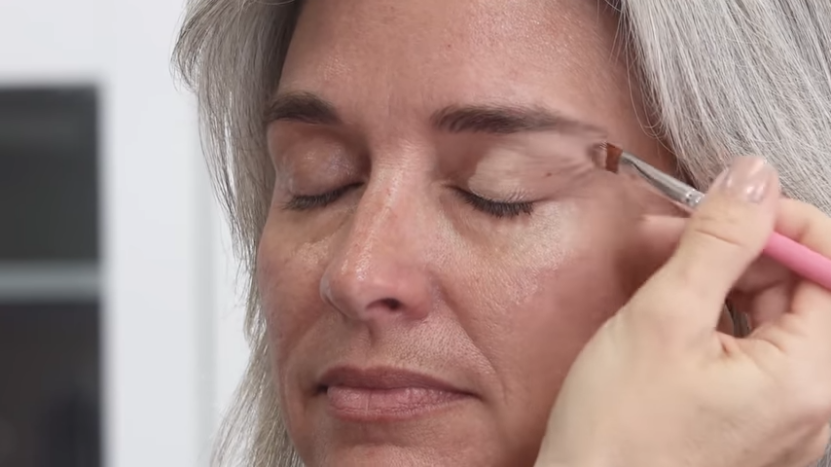
Eyelashes, like the hair on your head, can turn gray or white with age. This is because the pigment cells in your hair follicles, called melanocytes, produce less melanin, the substance that gives your hair its color.
As melanin declines, your hair turns gray and eventually white as levels continue to decrease. The graying process often starts with a few hairs before spreading.
The age at which your eyelashes start to turn gray can vary from person to person, depending on your genetics, ethnicity, and lifestyle factors. Some people may start to notice gray lashes in their 30s, while others may not see any until their 60s or later.
There are some other factors that can cause your eyelashes to turn gray or white prematurely.
Vitiligo
Vitiligo is a condition that causes white patches to form on your skin and hair due to loss of melanin. It’s not entirely clear what causes vitiligo, but the presence of certain genes and a family history of autoimmune disorders may be risk factors.
If patches of vitiligo form in areas where hair grows, it can cause the hair to turn white due to lack of melanin.
Albinism
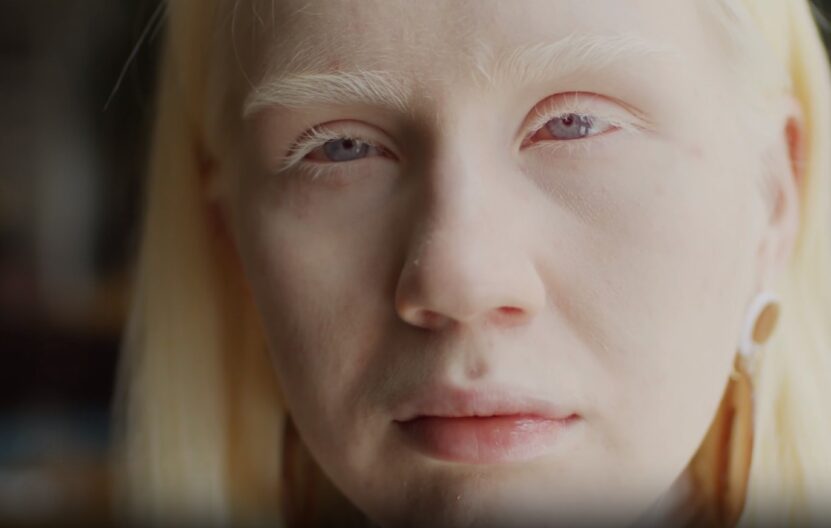
Albinism is a rare genetic disorder that affects the production of melanin in the body. People with albinism have little or no pigment in their skin, hair, and eyes, which makes them appear very pale and sensitive to sunlight.
They may have white or very light-colored eyelashes, along with other features such as light-colored irises, nystagmus, and vision problems.
Blepharitis
Blepharitis, as mentioned earlier, is an inflammation of the eyelid margins that can cause eyelash loss, itching, and redness. Some people who develop blepharitis may also notice that their eyelashes turn white, fall out, or grow in a strange direction.
FAQ
Can diet influence eyelash growth and health?
Yes, diet plays a crucial role in eyelash health. A balanced diet rich in vitamins, minerals, and proteins can promote healthy hair growth, including eyelashes. Foods high in biotin, such as eggs, nuts, and legumes, are particularly beneficial for hair and eyelash growth.
Is it normal for them to change texture with age?
Yes, it’s common for eyelashes to change texture as you age. They may become drier, more brittle, or lose their curl, reflecting the general decrease in hair quality and strength with aging.
Can hormonal changes affect eyelash growth?
Hormonal fluctuations, such as those during pregnancy, menopause, or due to thyroid issues, can impact eyelash growth. These changes might lead to either a temporary increase or decrease in lash thickness and length.
Are there any specific vitamins or supplements that can enhance eyelash health?
Vitamins and supplements like biotin, vitamin E, and omega-3 fatty acids are known to support hair health, which can extend to eyelashes. However, it’s best to consult with a healthcare provider before starting any new supplement regimen.
Can environmental factors contribute to eyelash damage?
Environmental factors such as sun exposure, pollution, and extreme weather conditions can damage eyelashes. Protecting your eyes with sunglasses and using hydrating and protective eyelash products can help mitigate these effects.
Is it safe to use eyelash growth serums?
Many eyelash growth serums are safe and can be effective, but it’s important to choose products with proven ingredients and to follow the application instructions carefully. Some serums can cause side effects, so it’s advisable to consult with a dermatologist or ophthalmologist before use, especially if you have sensitive eyes or skin.
Final Words
Eyelashes are important for eye protection and sensory functions. They undergo a natural life cycle and are affected by aging, makeup use, medical conditions, and stress.
To care for your eyelashes, adopt gentle makeup practices, use eyelash conditioners, maintain a healthy diet, and manage stress effectively. For those experiencing significant eyelash loss or graying, consulting a dermatologist or cosmetic professional for specialized treatments can be beneficial.
